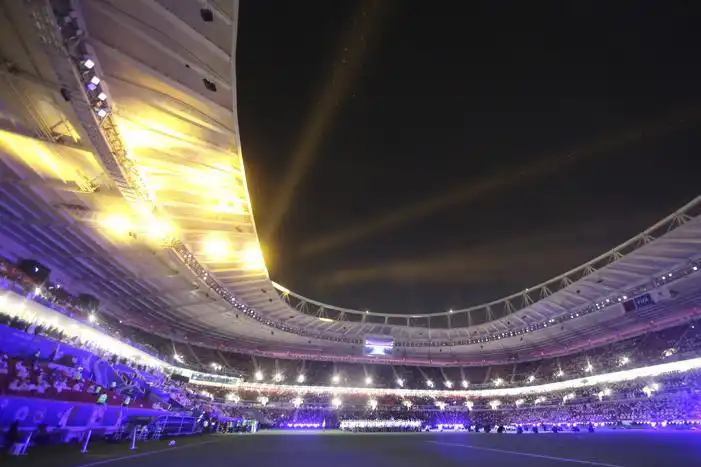Did you know that the fastest goal ever scored only took 2.4 seconds?
With over 265 million men and women players in the world, football has grown its popularity over the years which make it the most supported sport in the world. Americans and Canadians call it soccer. Football has a wide range of games such as World Cup and Premier League; it has developed quite a large number of fans around the globe.
Football is mainly played in stadiums which have already been built around the world with the largest one in North Korea. In the stadiums, there are many technologies included in the power line hardware design and techniques which make sure that the experience is received by the fans better. The stadiums must have a broad range of lights used to ensure that the players in the fields see what is going on together with the spectators but also ensure clean and smooth streaming of the matches to their televisions.
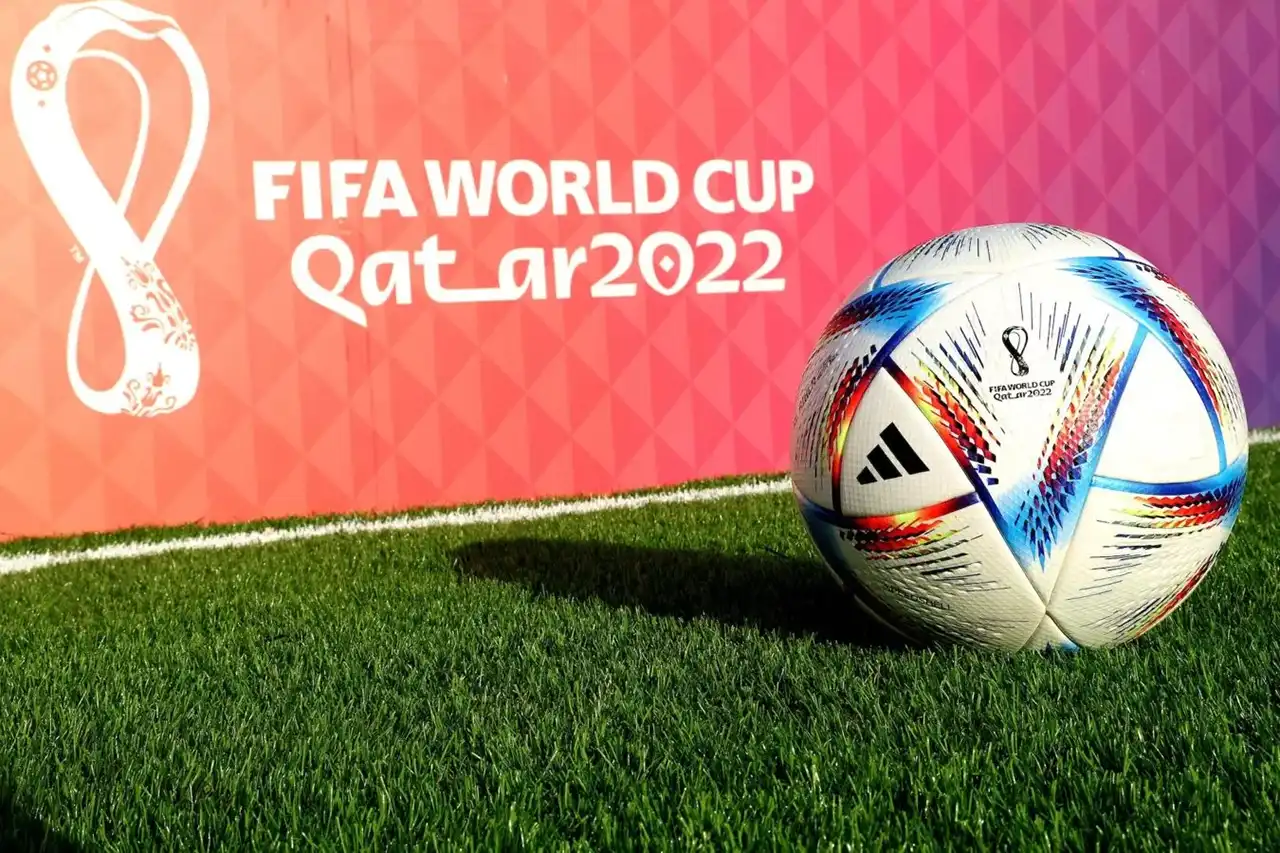
FEATURED SERIES
Table of Contents
Types of Stadium Lights
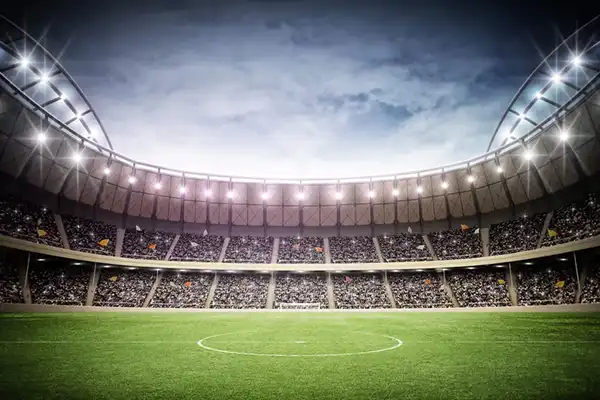
There are different types of lights that are used in the stadiums which include halogen lamps, high pressure sodium lamps and LED lamps. However, the use of the halogen and the high pressure sodium lamps has majorly decreased over the years since the use of the LED lights. The LED lights produce light through the use of light emitting diodes which helps to save the energy and power used in light production.
- Halogen lamps consist of a tungsten strand sealed in a small transparent envelop that is filled with inert gases and a small amount of halogen.
- High pressure sodium lamps are high intensity light bulbs that produce large amount of light generally needed for street lighting and security lighting. It produces light from the combination of metals and gases inside the glass tube.
- LED lamps produce light using light emitting diodes which significantly save energy and power.
Power pole accessory is used to brace and secure the connection in overhead power lines, telecommunications and street lights. Without the power line accessories the connection of the lines may be deemed incomplete. They include components such as secondary racks, suspension clamps, guy clamps, anchor rods, stay rod, secondary clevis and yoke plates. They are also known as power line hardware or power line fitting.
Light Distribution in Football Stadiums
The arrangement of the lamps is reasonable as it directly affects the lighting effect and economy of the field. The main light distribution methods are discussed below.
Four-tower distribution
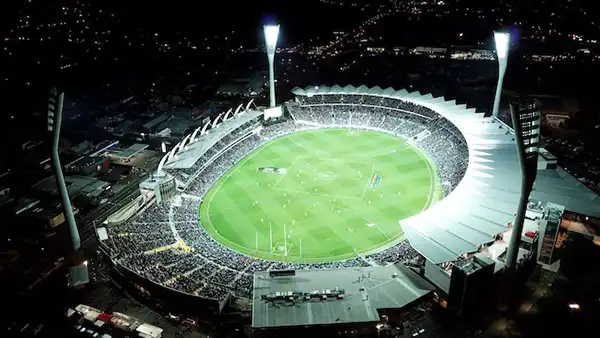
This is where four light houses are set at the four corners of the field. The height of the tower is generally 25-50 meters and a narrow beam lamp is commonly used. The proper position of the lighthouse can form appropriate illuminance distribution on the field by targeting various beam angles. The impact of the higher brightness obtained by using large gas effective lamps connected with traditional tower height, steadily produce excessive glare. Power line accessory like the steel cross arms and stay wires are used in these scenarios to support the connection.
Light belts distribution
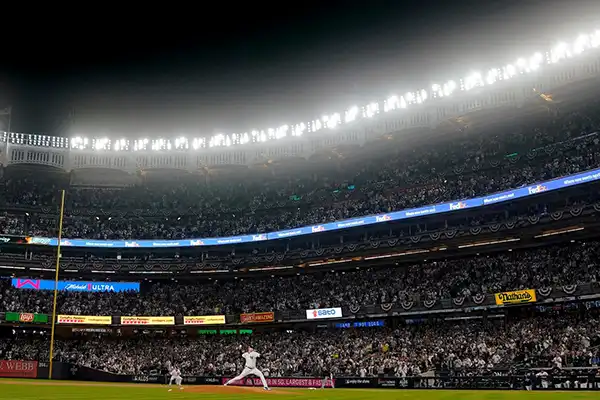
In this case, lights are arranged in rows on both sides of the field to form a constant light strip lighting system. The lighting consistency between the player and the stadium is better in this case. In some stadiums, the lighting of the light belt is close to the edge of the field and adequate vertical illumination cannot be obtained at the side of the field. In this case, renounced complementary light should be added. The light belt uses several types of projection lamps with different beam angles to project. The narrow beam is used for long projection and the medium for short projection.
Mixed distribution
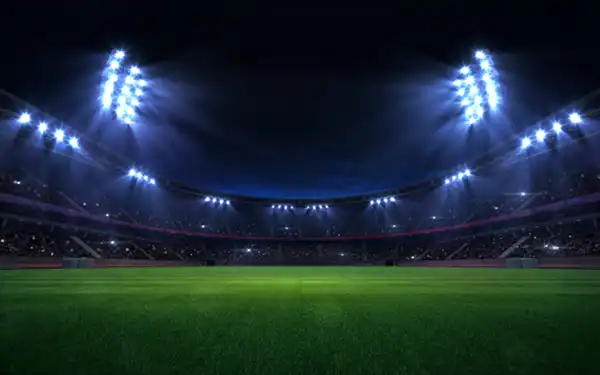
This is a new type of lamp settlement in a field that naturally combines the four-tower with the light belt arrangement. It is an arrangement that is solving the lighting technology and lighting effects of a large scale comprehensive stadium. The mixed arrangement assimilates the advantages of the two methods of lamp distribution to enhance the physical sense. The floodlights used in the four towers are narrow beams to solve the long range projections.
Multi-tower distribution
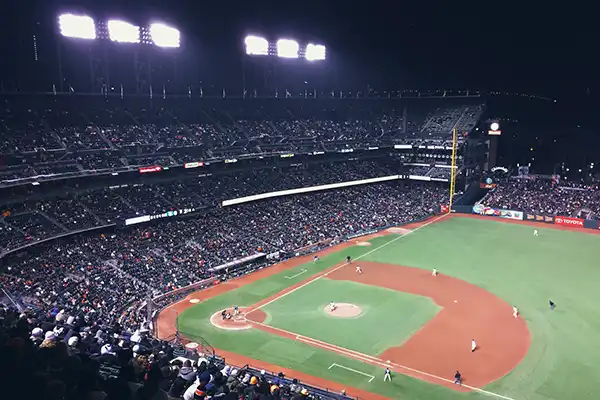
This kind of setting is provided with light pole on both sides of the field. It is preferred because of it characteristics like less power usage and better horizontal and vertical illuminance. It is cheap and easy to repair and maintain. The only disadvantage of this kind of lamp is that it can be difficult to eliminate shadows for the audience when it is arranged between the field and the auditorium. Power line equipment is used on these towers to help support the connection in the top of the pole.
The different wattage for football stadiums
The wattage of power is determined by the size and illuminance requirements of the field. For a standard football field, the maximum watt required is 1,000W LED lights. For smaller fields, 300W to 500W is required. Power line hardware is used for supporting devices installed on the pole or towers. This helps to protect them from harsh weather conditions. There are factors to consider when selecting the wattage of lights in a football field and these include:
- The illumination standard index of football stadium since it is divided into indoor and outdoor football field.
- Football field size where the standard length for international competitions is 105-110m and the width is 68-75m. The largest football stadium is in North Korea with a capacity of officially 150,000 spectators.
Factors Affecting Stadium Lighting Effects
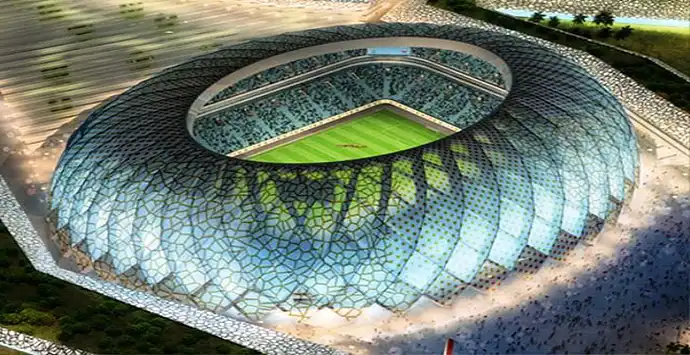
Standard uniformity
The requirement mainly arises from the requirements of TV cameras, and the groundless uniformity will also cause visual pain to athletes and spectators. Uniformity is used to control the watching condition on the entire field. Power line hardware used on stadiums includes power line slingshots which help to provide all the support you need for extra power and accuracy.
Comfortable color temperature of LED stadium lights
Color temperature is the feeling that describes the warmth (red) or coldness (blue) featured by the high intensity. The color temperature required for sports activities is 5,000K. Power line hardware may also be used to protect them from dust, dirt, spills, bumps and vibrations and thus ensuring efficiency of power productions.
Excellent color rendering index
This is a measure of the proficiency of a light source to show the original color of an object. Sunlight has the truest color rendering ability and can be used as a reference light source with a color rendering index of 100Ra. The color rendering of stadium lighting rounds of sport lighting manufacturers is basically above 65Ra, while the color rendering index of LED stadium lights is above 80Ra 90Ra which makes them applicable to all stadium lighting levels in the color rendering index.
The scientific design of stadium lighting
Illumination standard index
There are illuminance requirements of the international sports federation of the lighting design standards that suggest ideologies of illuminance. Power line equipment are used to help secure the connections between the different light components used in ensuring there is efficient flow of light in the stadium. These include:
- Uniformity of the vertical illuminance
- Uniformity of the horizontal illuminance
- Vertical illumination required for TV broadcasting
- Football field game illumination standard value
- Stadium lighting brightness distribution
The cozy light environment should have an unbiased brightness distribution because when the indoors brightness changes too much it can cause visual exhaustion. On the other hand, when the lack of brightness is absent, it can cause a tedious feeling. Therefore, the recommended brightness of an object is best when its brightness is three times brighter than the similar environment. Most of the lighting equipment used in lighting the stadiums is mainly galvanized or made from stainless steel in order to improve the resistance ability to the different weather conditions.
Choice of the stadium lights
The most common used lights in stadiums include halogen lamps, high-pressure sodium lamps and LED lamps. The LED lights in stadiums have grown famous for their lifespans, energy saving and power saving, low cost, recyclable waste, no production of harmful elements, higher light efficiency and short warming up time.
Glare and strobe control
Glare and strobe directly simulate the comfort of lighting. Glare is divided into direct glare which is caused by the bright body and reflective glare is caused by the reflection of light from lamps or other reflective surfaces. Direct glare can be controlled by using a light transmitting material, controlling the protection angle and wisely arranging the position of the light source. Reflective glare can be controlled by ensuring there are no lamps above the observer.
Light fixtures distribution
The common way of distributing lights in a stadium is mainly based on outdoor stadiums, light poles, four towers, multi towers, light belts, lighthouses, indoor sports venue uniform type, light belt type and mixed type.
FAQs
What are the types of light used in football stadiums?
The different types of light used include halogen lamps, high-pressure sodium lamps and LED lamps.
What are the factors to consider when purchasing power line equipment?
The type of material, the design of the hardware, safety and manufacturer of the equipment are some of the factors to consider when buying.
How much does it cost to build a football stadium?
When constructing the football stadium, you should consider the size of the field and the materials used. In an estimate, the construction costs between $100,000 and $1 million for an average sized stadium.

